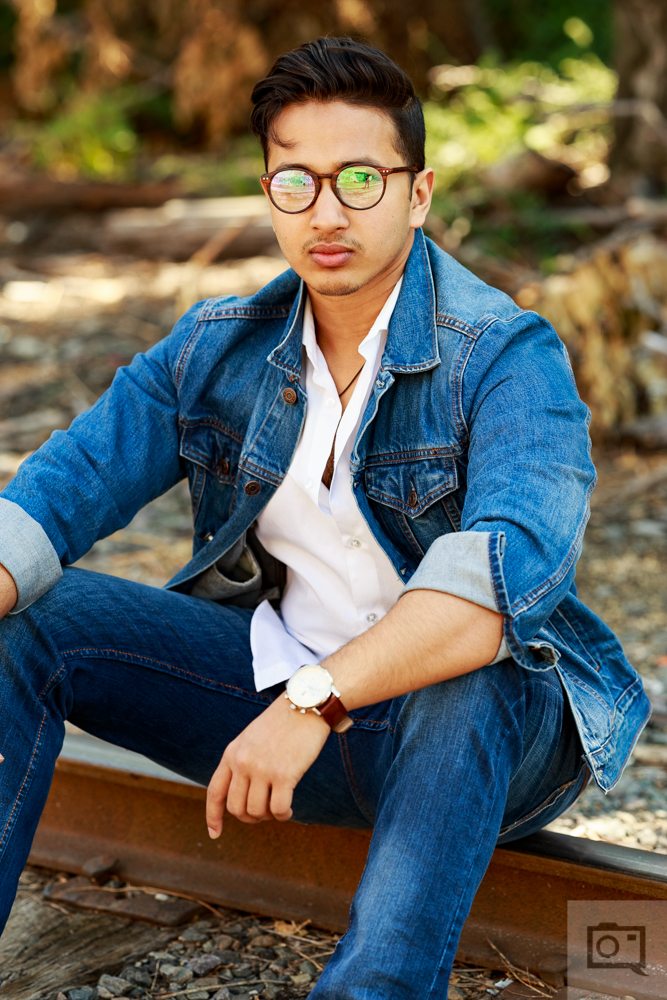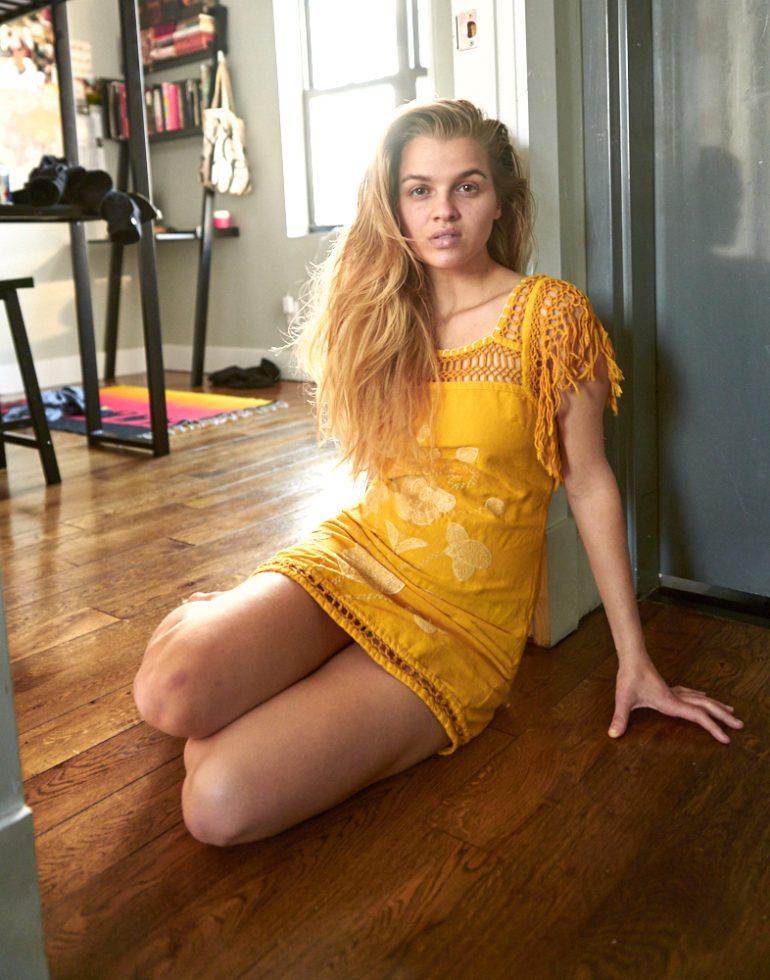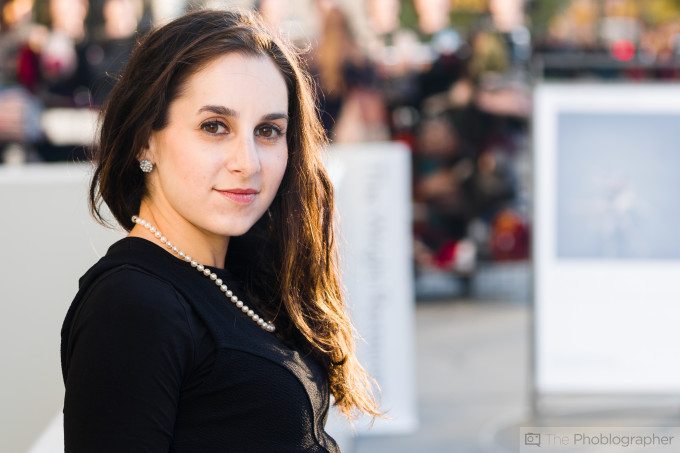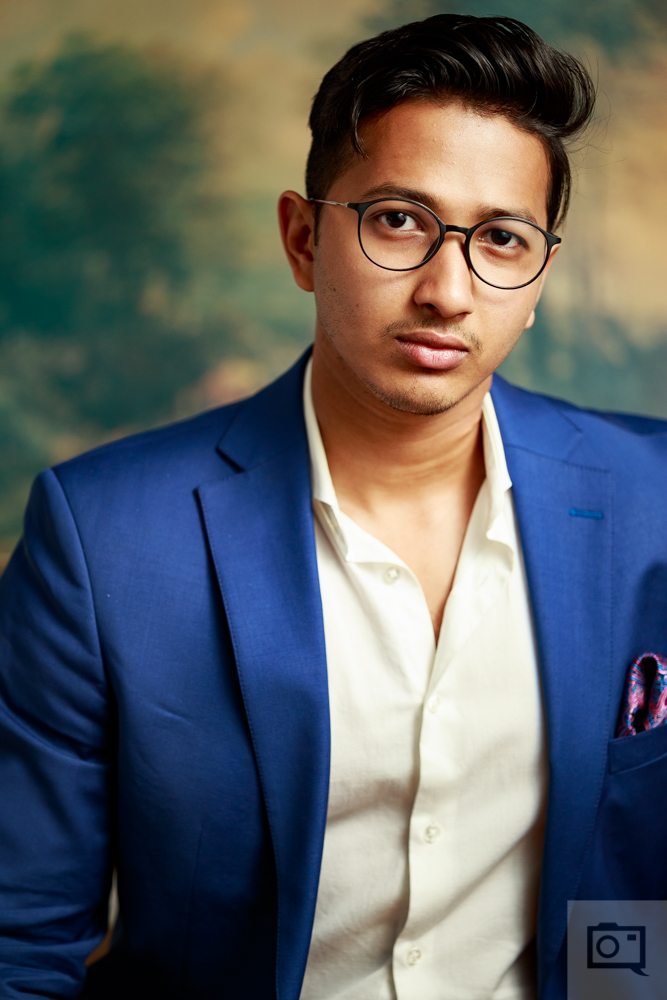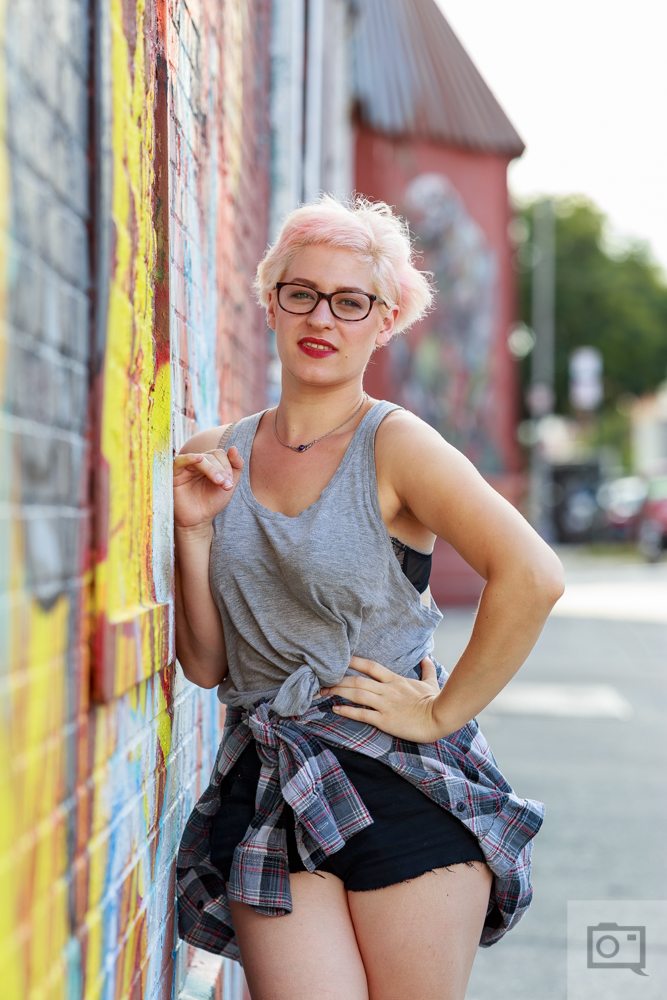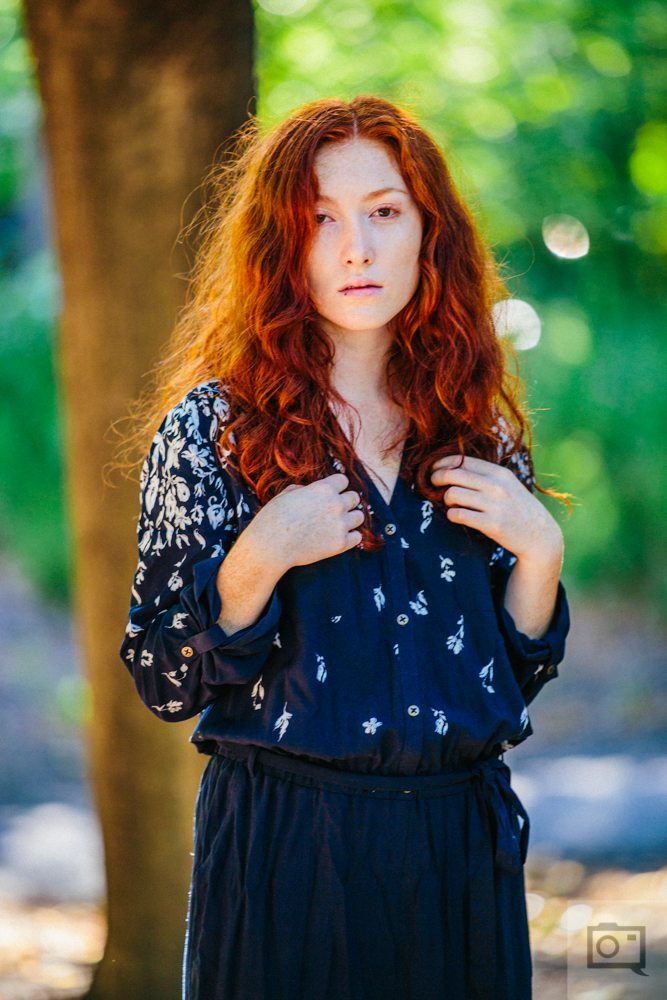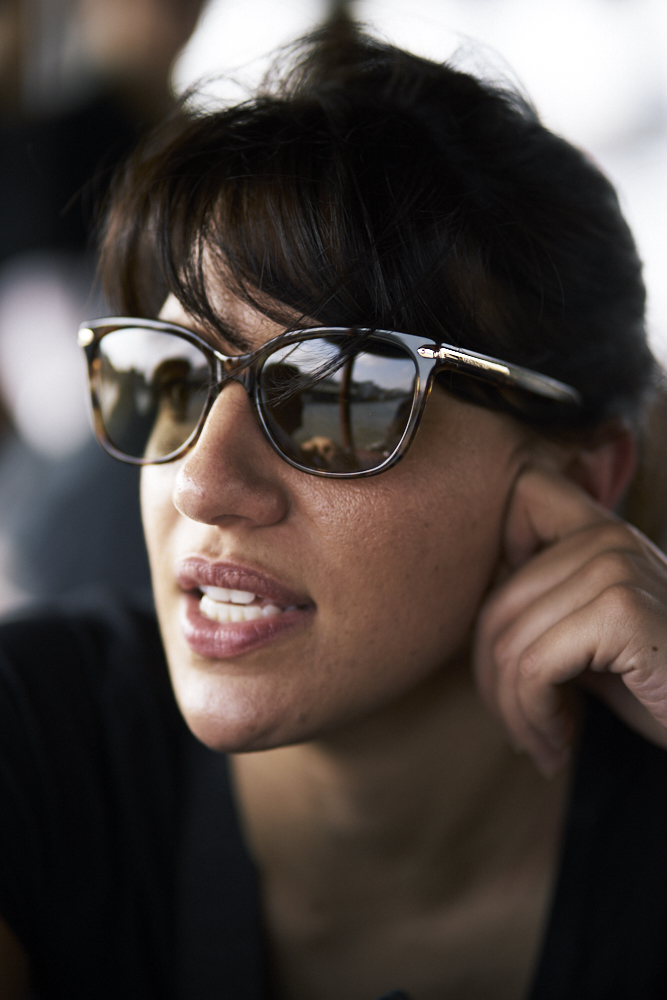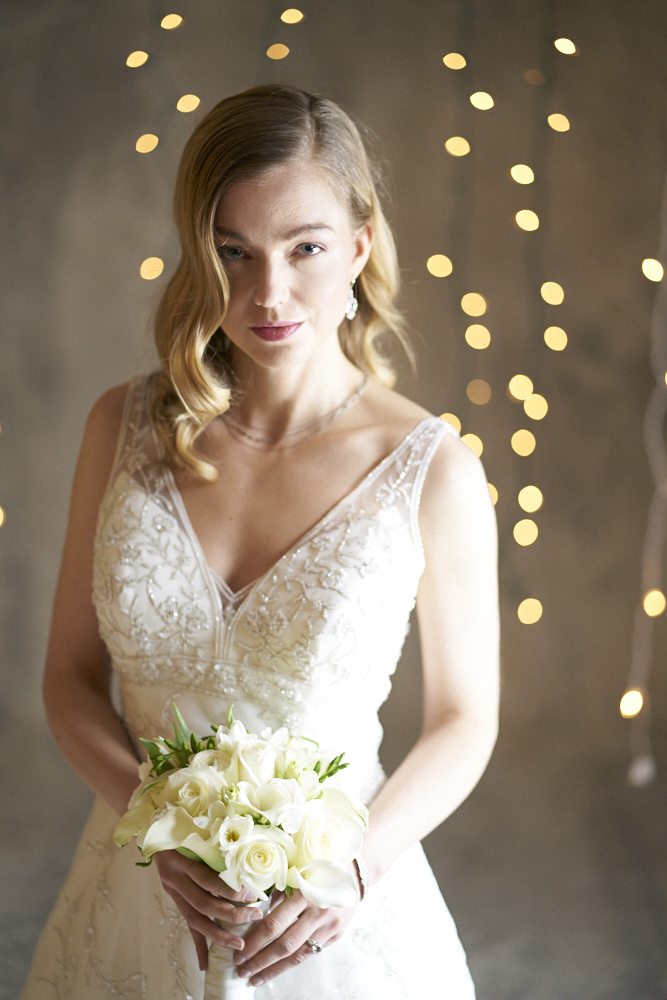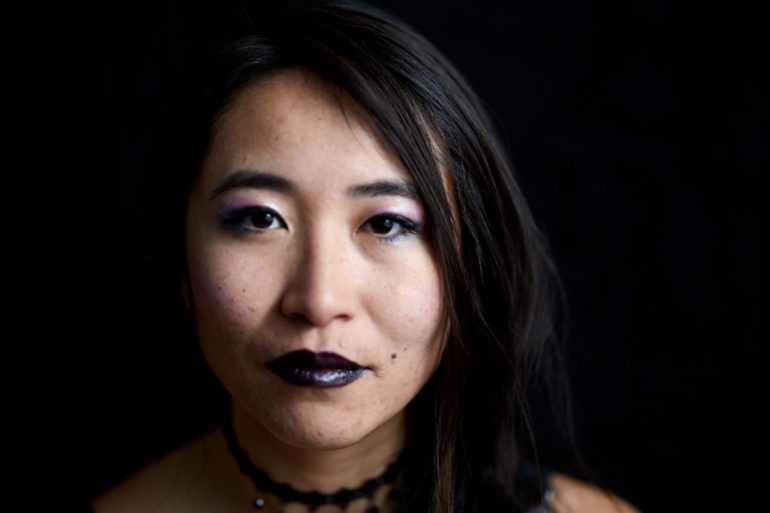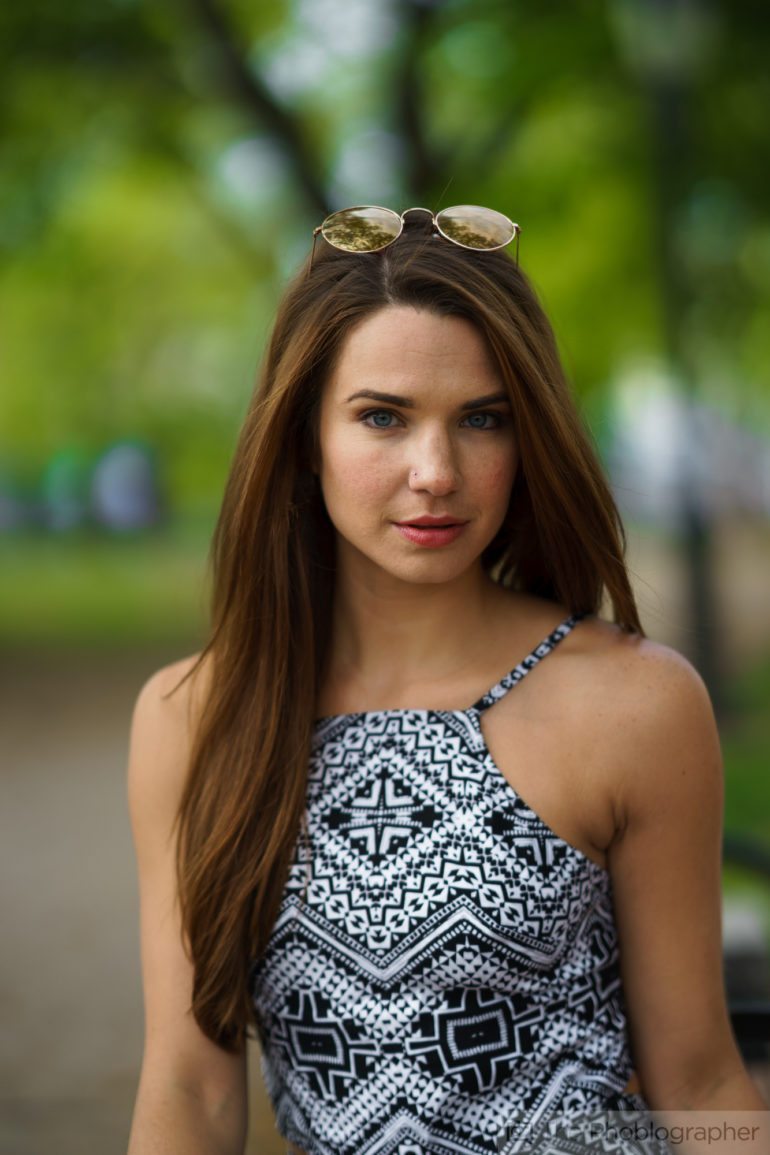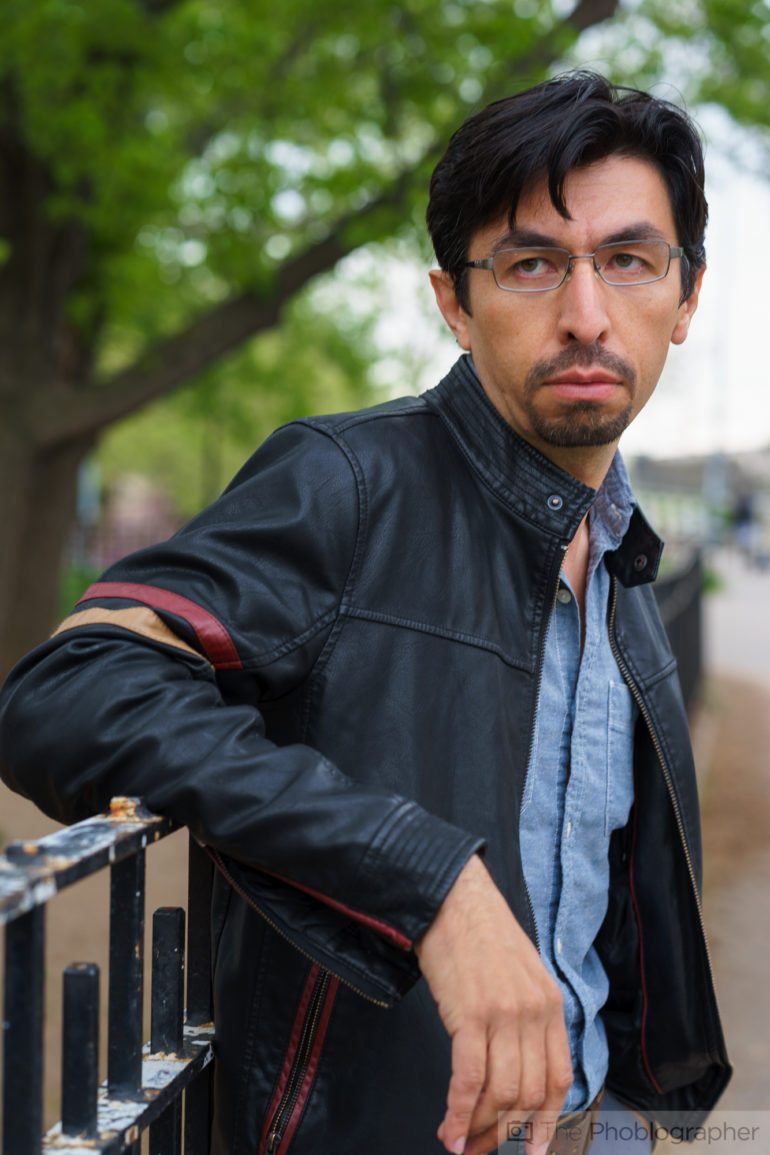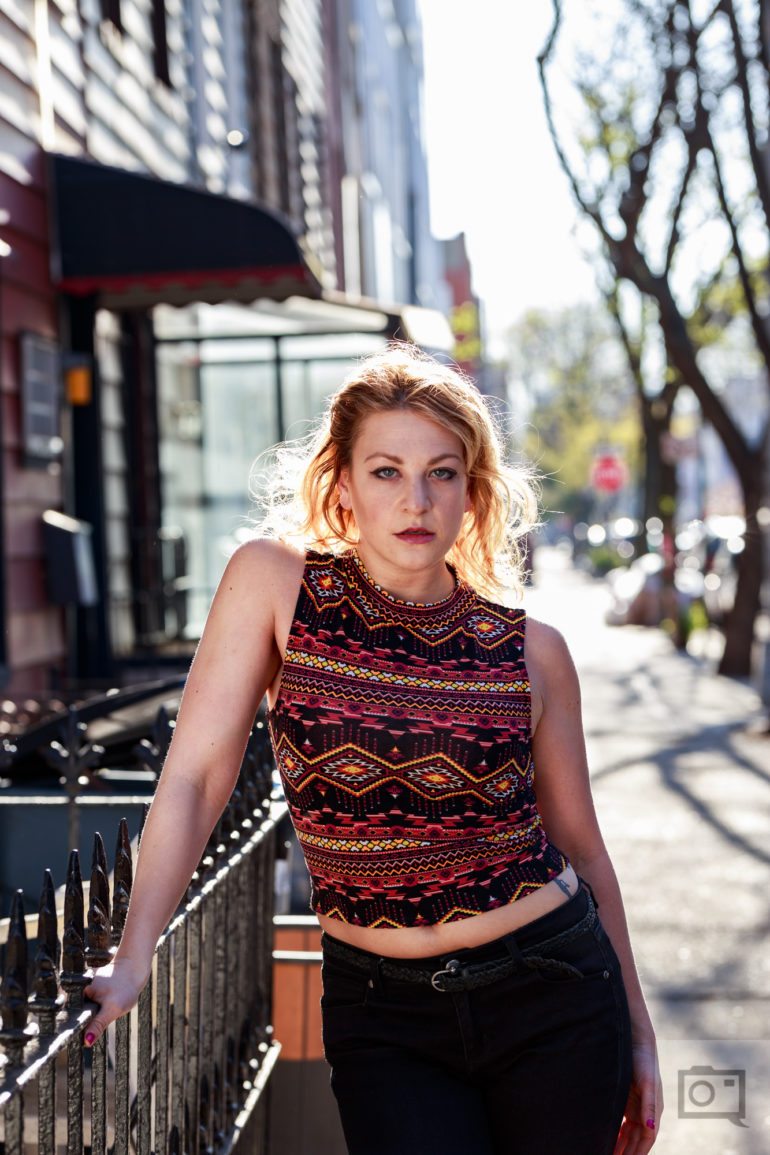One of the things that many portrait photographers and headshot photographers struggle with is figuring out whether they should get a 135mm or 85mm focal length for their portraiture. It’s a tough question if you don’t understand how one lens works vs the other option. In truth, they both do different things, but I’m not sure that there’s a great reason why a photographer would want to have one vs the other option. They’re both lens focal lengths that can do very specific things and do them very well.
So we break down which ones are best for you.
Why Not Just a 70-200mm?
Generally speaking, 70-200mm f2.8 lenses aren’t fast enough when it comes to an aperture setting for lots of photographers. But truthfully, I honestly think that many photographers will be just fine off with a 70-200mm f4 lens of some sort. F4 ensures that your subject’s entire face is in focus and you can choose to go wider or tighter. Plus you’ve got a variety of other focal lengths you can work with. If you want something right in between, you can opt for 100mm if you wish.
But one of the best reasons why photographers go for the prime lenses has to do with their shallower aperture and typically their ability to be sharper and have better bokeh. If that doesn’t matter to you and your clients aren’t going to sit there demanding better bokeh, then read on.
Otherwise, I’ve truthfully solved your problem and you can probably close the article at this point.
Quality: They’re All Good
Now before I delve into this even deeper, you should surely know that pretty much every 85mm and 135mm lens options on the market right now are all good. There’s no fantastic reason why you should worry about one vs the other. Good portrait photographers (and heck, even bad ones) can produce decent portraits with any lens on the market. They only become any sort of issue when you sit there and compare one vs the other.
Again, it really doesn’t matter; just pick the one that suits your budget and needs.
Your Style of Portraiture and Your Look
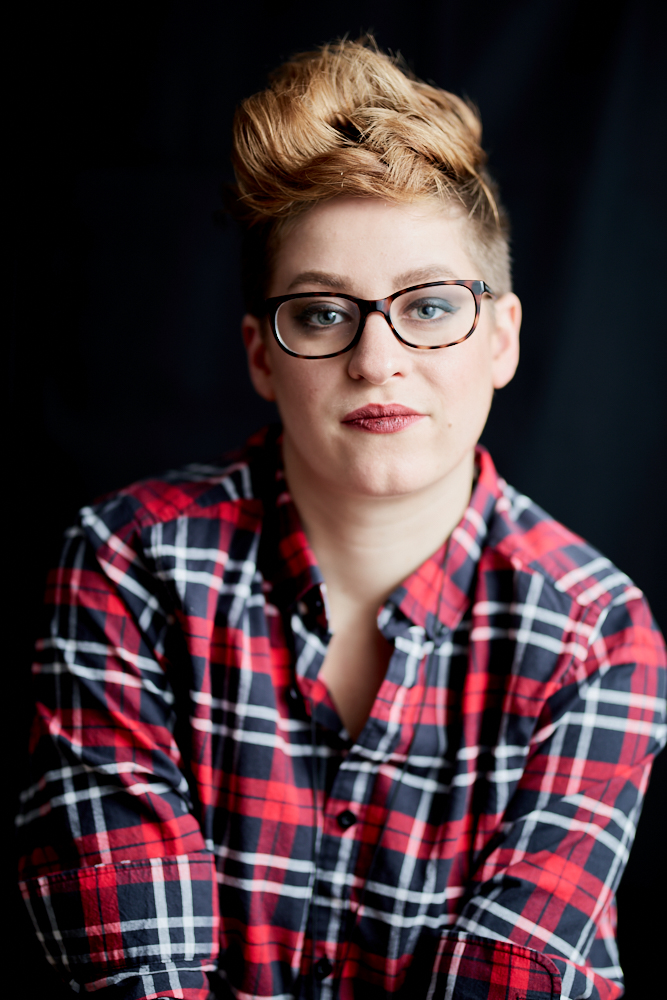
Now here’s where I’m getting more into the nitty gritty of why you choose one lens vs the other. A lot of it has to do with your own particular style of portraiture. Do you like to work closer up to your subjects when it comes to an actual physical distance? Then you’re most likely going to go for an 85mm focal length. Want to be a bit further away but more tightly composed on your subject? Then go for a 135mm lens. The latter also does a whole lot more to compress the scene and your subject depending on how you’re posing and lighting them.
Generally speaking too, the 85mm lens is more than enough of what you need and the 135mm lens is very particularly suited.
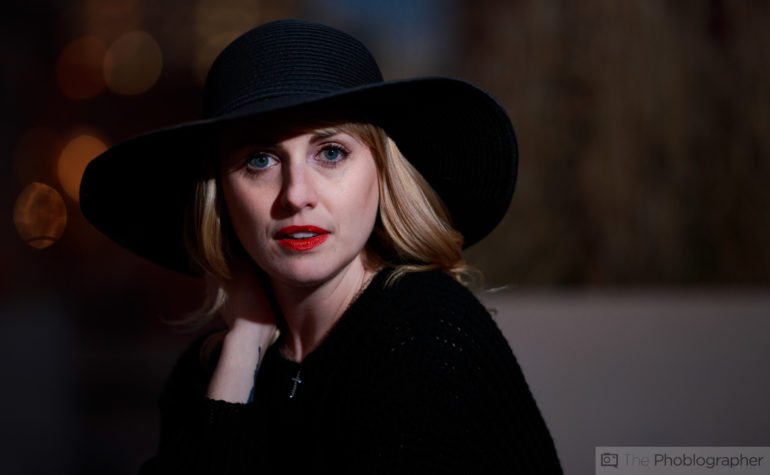
Then you have to consider ease of use. 85mm lenses can sometimes be tough to handhold and get crispy, perfectly sharp images without camera shake. 135mm lenses are even tougher to do this because by the time that the lens can get your subject in focus you’ve probably shook a bit and thrown off the focus. With a 135mm lens, I really recommend using a monopod or tripod.
Here are a number of portraits from an 85mm lens and a 135mm lens that I’m purposely presenting this way to prove a point.
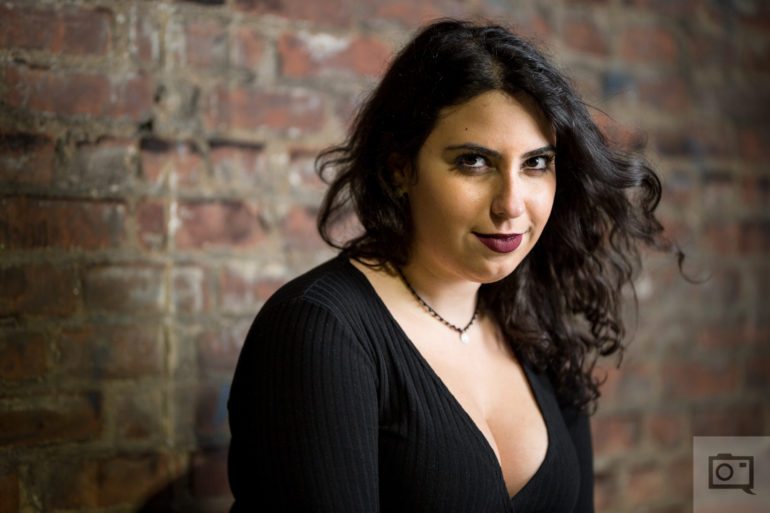
Now before you go on: I’m sure that many of you folks couldn’t tell the difference between one or the other. I guess that solves your problem, right?
How Much Space Do You Have?
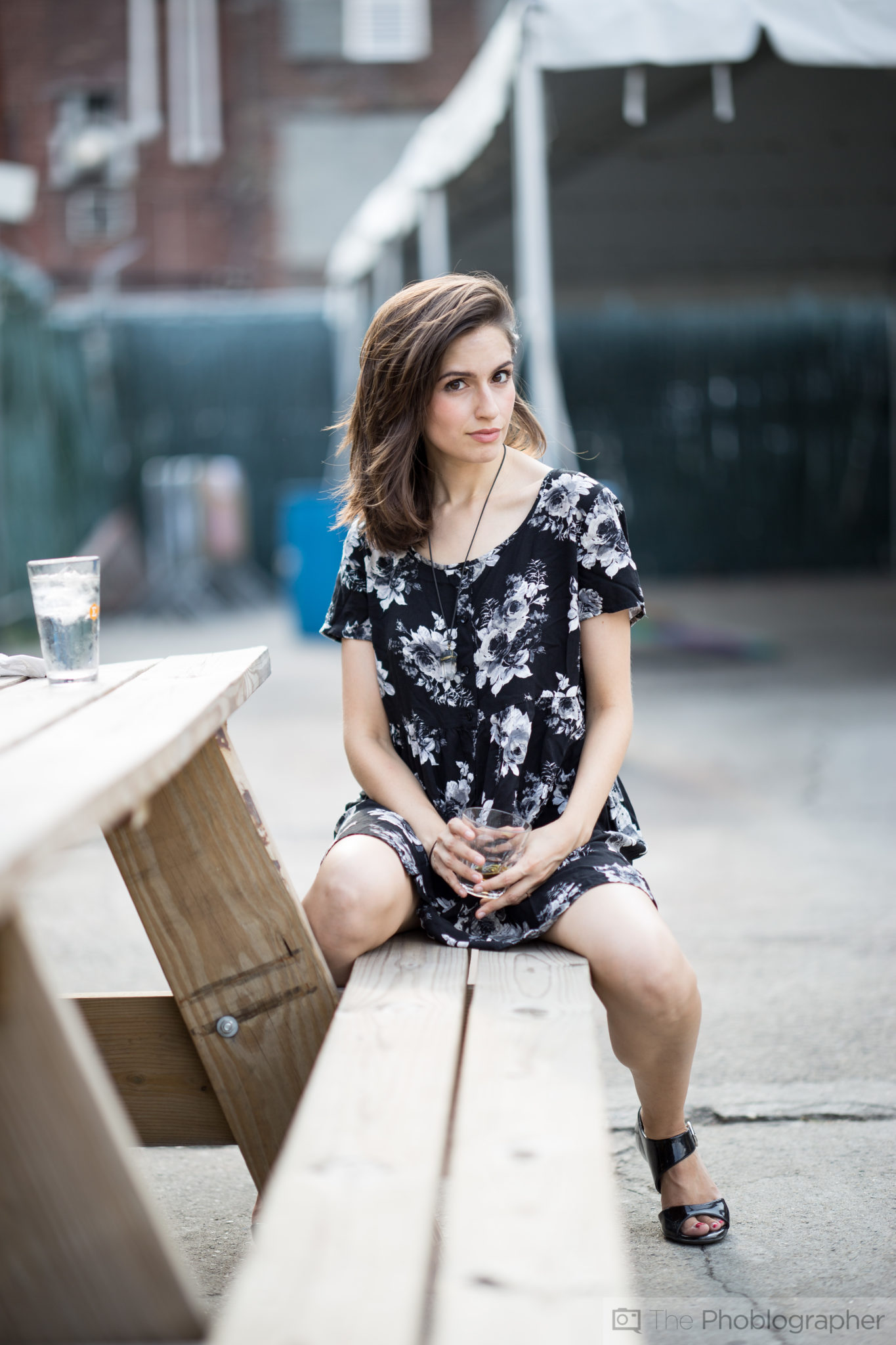
Now here’s the other big factor: how much space do you have. Are you photographing outdoors? Then you generally have more space. But if you’re in a smaller studio in a big city, then 85mm lenses are better suited for what you need. Trust me, 135mm lenses can be really, really difficult to work with in a small NYC studio. You’re going to need to use them and get really tight/close in on your subject. But with the 85mm lens, you and your subject have a bit more work room.


